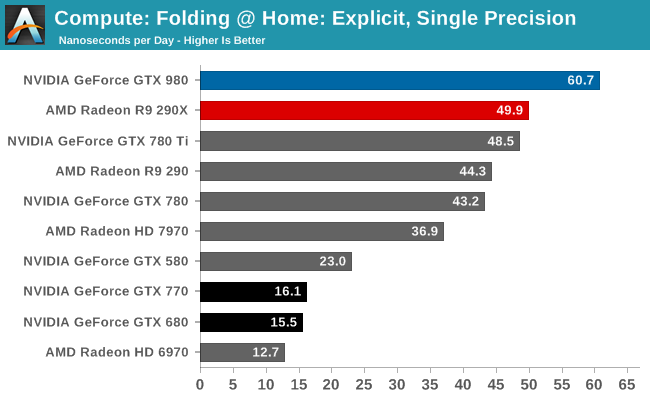Cloudfire777
Golden Member
- Mar 24, 2013
- 1,787
- 95
- 91
Im gonna post the exact power consumption the two Maxwell cards have on each power connection.
You can`t get it any more exact than this. Whoever refuse to believe this are trolls. Period.
/thread
GTX 970

GTX 980

You can`t get it any more exact than this. Whoever refuse to believe this are trolls. Period.
/thread
GTX 970

GTX 980








